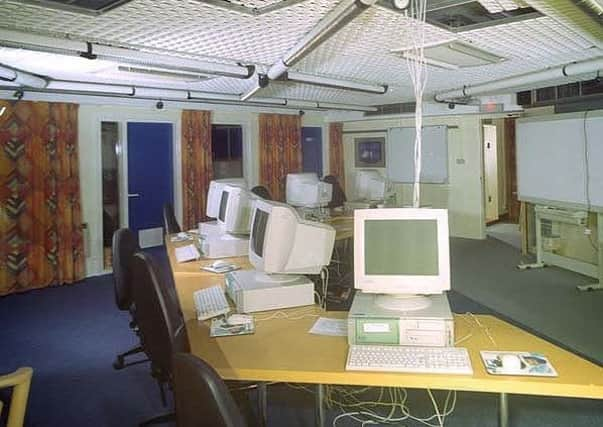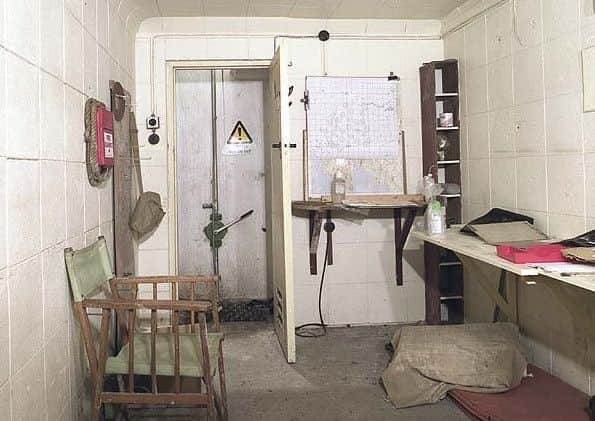Uncertain future for town's secret nuclear bunker


The bunker - once the nerve centre for emergency planning during the Cold War - was sold to developers along with the council offices when the council moved out of its premises in North Street, Horsham, two years ago.
But the bunker is not the only relic of the town’s Cold War past - another bunker, a former Royal Observer Corps’ post, exists in the corner of allotments off the A281 Brighton Road.
Advertisement
Hide AdAdvertisement
Hide AdThe North Street shelter originally had reinforced concrete blast doors, designed to completely seal it off from the outside, leading to a decontamination area. When fully manned it could house 22 people.


Beyond the airlock was a short corridor with another blast door at the far end - one of two emergency exits into an underground car park.
On one side of the corridor were two rooms, a former dormitory and a ventilation plant room with a pump and filter unit.
On the other side of the corridor a door led into the control room with tables, chairs, audio visual equipment and wall maps and charts. To make the room seem more ‘homely’, all the maps were covered by patterned curtains. Four rooms were accessed from the control room, including a first aid room.
Advertisement
Hide AdAdvertisement
Hide AdOther rooms included a unisex toilet, small kitchen, controllers’ room and communications room with acoustic booths along two walls. A spokeswoman for Horsham District Council said: “The room has walls which are some two foot thick and housed an emergency generator, air purifier, dormitory, canteen and water storage area as it was intended to be used as a command centre after a nuclear emergency.”


Members of a group known as Subterranea Britannica - a registered educational charity whose members have a passion for underground space - have been researching Cold War sites for decades.
Chairman Martin Dixon said: “Underground space has played its part in many conflicts over the ages - including the mercifully unfought Cold War. During that period there was no provision made to shelter the population at large but thousands of bunkers were built to protect key workers.
“Over 1,500 underground bunkers were built in the late 1950s and early 1960s to house the Royal Observer Corps, whose role was to detect and analyse incoming nuclear strikes. Horsham had two such sites - a small three-man post and a larger group headquarters, now demolished. Other protected sites were built for local, regional and central government from where the country would have been governed in extremis.”
Advertisement
Hide AdAdvertisement
Hide AdThe three-man post in Brighton Road - opened in 1961 and closed in 1991 - is in a now heavily-overgrown area, and the demolished headquarters used to be sited in Denne Road. When members of Subterranea Britannica visited the Brighton Road site a few years ago, they reported that much remained intact inside the bunker including furniture, wiring, racks of shelves, paperwork, maps, mattresses - and even some unopened packs of disposable pants.
Photos: Nick Catford, Subterranea Britannica. www.subbrit.org.uk